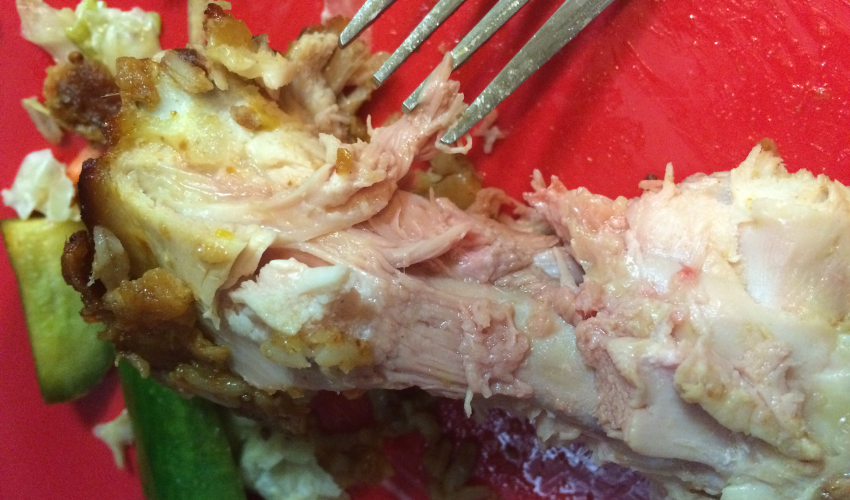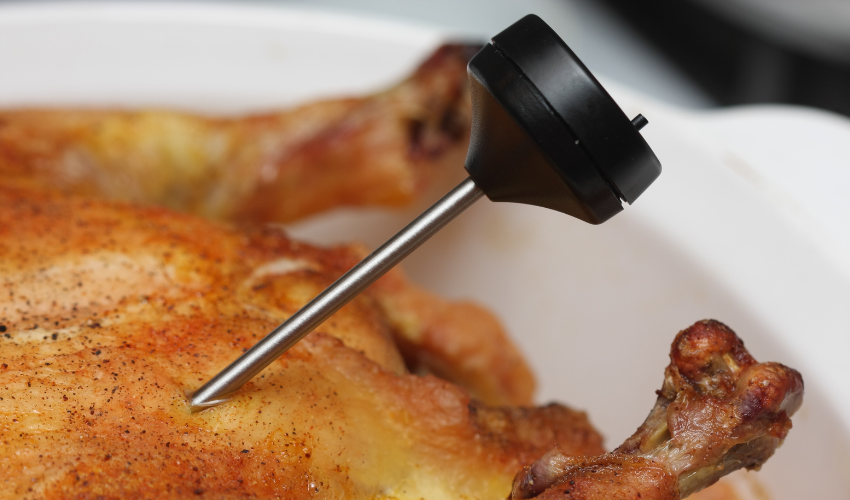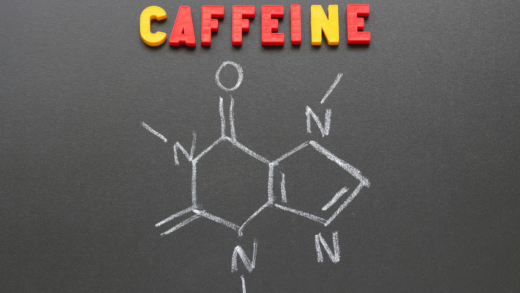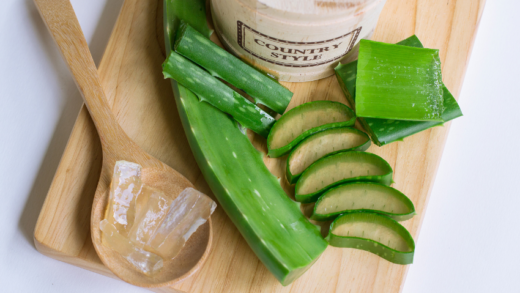Cooking is both an art and a science. While recipes and cooking methods may vary, one constant remains the same: ensuring that food is cooked to the proper temperature. Not only does cooking food to the right temperature enhance its flavor, but it also ensures that harmful bacteria are killed and the food is safe to eat. In this guide, we will cover everything you need to know about cooking food to the proper temperature, including tips, tricks, and tools to help you achieve perfect results every time.
Understanding the Importance of Proper Food Cooking Temperatures
Cooking food to the proper temperature is vital for several reasons. Firstly, it helps to kill off harmful bacteria, such as E. coli and Salmonella, which can cause food poisoning. Secondly, cooking food to the right temperature ensures that it is fully cooked and safe to eat. Undercooked food can contain harmful bacteria, while overcooked food can be tough and unappetizing. Finally, cooking food to the proper temperature enhances its flavor and texture.
The Dangers of Undercooked and Overcooked Food

Undercooked food is a major health hazard. When food is not cooked to the proper temperature, harmful bacteria can remain alive and cause food poisoning. Symptoms of food poisoning can range from mild discomfort to severe illness, and in some cases, it can even be fatal.
Overcooked food, on the other hand, can be tough and unappetizing. It can also cause the loss of important vitamins and minerals, as well as change the flavor and texture of the food.
How to Measure Food Cooking Temperatures
Measuring the temperature of food during cooking is essential to ensure that it is cooked to the proper temperature. There are several methods to do this, including the use of:
- Instant-read thermometers
- Probe thermometers
- Oven thermometers
- Infrared thermometers
Instant-read Thermometers
Instant-read thermometers are a convenient and accurate way to measure the temperature of food. These thermometers can be used to measure the temperature of liquids, meats, and baked goods. They are fast and easy to use and give an accurate reading in just a few seconds.
Probe Thermometers
Probe thermometers are a useful tool for monitoring the temperature of larger cuts of meat, such as roasts, as they can be inserted into the meat and left in place during cooking. Some models even have a digital display that shows the temperature of the food in real-time, making it easy to monitor the cooking process.
Oven Thermometers
Oven thermometers are used to measure the temperature of the oven. This is important as the temperature of the oven can affect the cooking time and final temperature of the food. An oven thermometer should be placed in the center of the oven and should be checked regularly to ensure that it is accurate.
Infrared Thermometers
Infrared thermometers are a fast and accurate way to measure the temperature of food without even touching it. These thermometers work by measuring the temperature of the surface of the food and are ideal for measuring the temperature of larger cuts of meat, such as roasts, or even the temperature of frying oil.
Recommended Food Cooking Temperatures
Cooking food to the proper temperature is crucial to ensure its safety and taste. The following are the recommended food cooking temperatures for various types of food:
- Beef, Pork, Veal, and Lamb: 145°F (63°C) for medium rare, 160°F (71°C) for well done
- Ground Beef and Pork: 160°F (71°C)
- Poultry (Chicken and Turkey): 165°F (74°C)
- Fish: 145°F (63°C)
- Eggs: 160°F (71°C) for fully cooked eggs, 145°F (63°C) for eggs with a runny yolk
It is important to note that these are minimum temperatures and that some individuals may prefer their food cooked to a higher temperature for personal preference or food safety concerns.
FAQs on Cooking Food to the Proper Temperature
- Is it okay to use a meat thermometer to check the temperature of other types of food?
Yes, meat thermometers can be used to check the temperature of other types of food, such as baked goods or liquids. Just make sure to clean the thermometer thoroughly between uses to avoid cross-contamination.
- Can the recommended food cooking temperatures vary based on altitude?
Yes, the recommended food cooking temperatures can vary based on altitude. As air pressure decreases with altitude, water boils at a lower temperature. This means that food may take longer to cook at higher altitudes and may require adjusting the cooking time and temperature accordingly.
- What should I do if I don’t have a thermometer and need to cook food to the proper temperature?
If you don’t have a thermometer, there are still ways to determine if food is cooked to the proper temperature. For example, you can use the “poke test” for meats. Simply insert a fork into the thickest part of the meat and if the juices run clear, the meat is fully cooked. You can also use the “flakiness test” for fish. If the fish flakes easily with a fork, it is fully cooked.
- Is it okay to partially cook food and then finish cooking it later?
Partially cooking food and then finishing it later is not recommended as it can increase the risk of foodborne illness. Bacteria can grow rapidly in the “danger zone” between 40°F (4°C) and 140°F (60°C). To ensure food safety, it is best to fully cook food in one session.
- Can I use my microwave to fully cook food to the proper temperature?
Yes, you can use your microwave to fully cook food to the proper temperature. However, it is important to make sure that the food is evenly heated and that the internal temperature reaches the recommended cooking temperature. It may also be necessary to stir the food or rotate it in the microwave to ensure even cooking.
Conclusion:
Cooking food to the proper temperature is essential for both safety and taste. By using the right tools and techniques, you can ensure that your meals are cooked to perfection every time. Whether you’re a seasoned cook or a beginner, following these guidelines will help you achieve delicious and safe results every time. Remember, cooking to the proper temperature is the key to a successful and satisfying meal.























